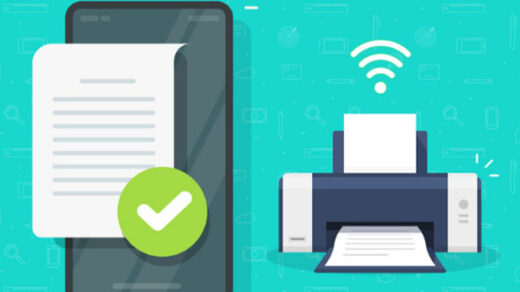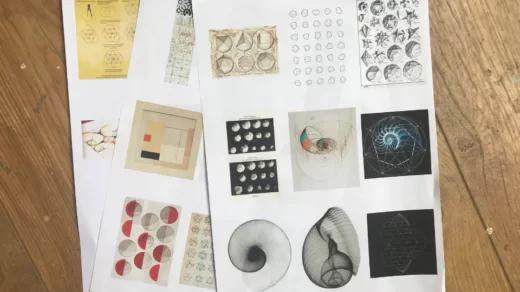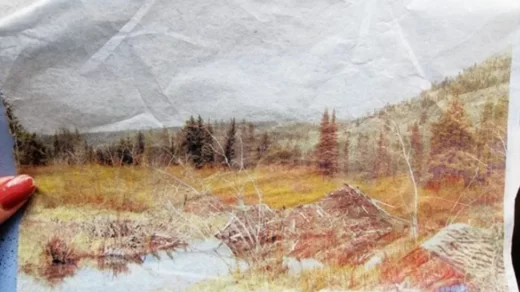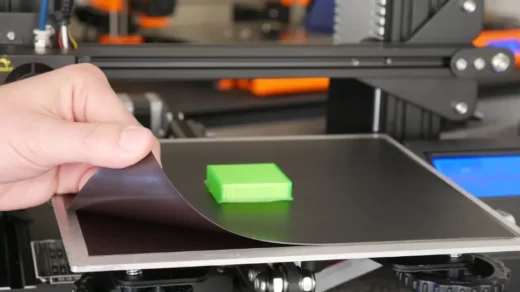Most people have this question: How long do fingerprints last on certain objects? How long can fingerprints be kept and can also be destroyed? Fingerprints on the surface last an average of 2 hours to 40 years. The time a fingerprint remains on a surface can vary depending on a variety of factors.
It is impossible to predict how long a fingerprint will last. Some fingerprints were collected from media over the age of 40, but some disappeared after a few minutes. In a static environment, fingerprints are more likely to persist for a long time.
This article will focus on being able to discuss in depth how long can fingerprints be preserved on certain objects?
Table of Contents
How Long Do Fingerprints Last
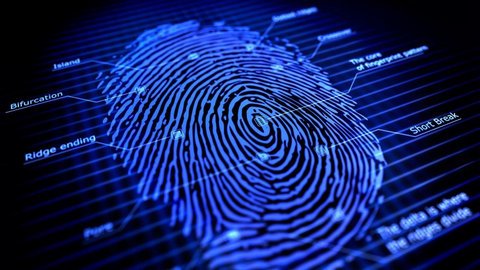
This will depend on several factors. The main factor is the medium of the print. What kind of substance was on the finger at that time. Almost all latent prints are made up of sweat, an oily mixture of sweat or body glands.
In some cases, fingerprints may be composed of other substances such as grease, oil, dust, etc. The percentage of sweat in any latent fingerprint is unknown; therefore, the duration of the fingerprint on the surface cannot be determined.
The second factor is the surface on which the fingerprint is located. Certain surfaces, like metal or glass, hold and preserve fingerprints well. The underlying print on the plastic may initially have nice details, but those details will slowly fade away within a day or two.
The third and most important factor is environmental factors. Humidity, temperature, or wind speed will play an important role in preserving fingerprint details.
Do Fingerprints Wear Out?
Fingerprints of a human will never wear out.
Your fingerprints are on your fingers even three months before you were born. You might cut or damage your fingers or even get skin diseases. But the fingerprints will grow back exactly as it was before.
Does Water Destroy Fingerprints?
Therefore, potential footprints or palms deposited in glandular secretions are destroyed (dissolved) only when the surface carrying these footprints is immersed in water. Under certain conditions, fingerprints deposited in water-soluble pollutants and drought can survive before diving.
Can You Remove The Fingerprints From the Card?
It can be a little difficult to remove fingerprints from porous surfaces such as paper, but it is still possible to remove fingerprints from documents using a variety of techniques. Clean the prints with blotting paper to soak up some oil (especially on very fresh prints).
Where Do We Find Fingerprints Most Easily?
Surfaces are covered in dirt and grease: Dust is susceptible to fingerprints, and the fat is thick enough to hold the fingerprints themselves, and the fingerprints themselves. It’s hard to determine what other fingerprints they have since they’re processed with powders or chemicals.
To ensure fingerprint recognition, the area around the fingers should be clean and dry. Wipe the surface or at least wipe away any potential fingerprints. The only thing better than getting your fingerprints off is when someone has fingerprints on their fingers during the procedure. The initial processing of the fingerprint ensures that the WSP will not reject your fingerprint due to poor print quality.
The only permanent way to change all fingerprints is a hand transplant, which is technically possible but seems like an exaggeration. You can also try changing your fingerprints manually. For years, people and criminals have tried to alter their fingerprints using these methods.
Conclusion
Fingerprints are undoubtedly one of the most unique features of your body. They also have a persistent nature that allows them to survive long after they die. You can also try using some artificial methods to alter your fingerprints. However, you are unlikely to change this pattern entirely.


